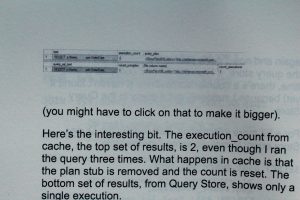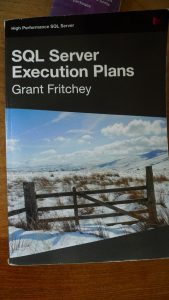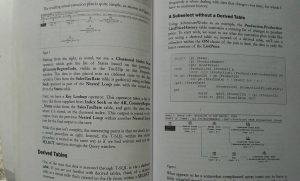Who has never been to a SQLbits conference will be in for a little shock. Conference by name, but geekfest in appearance, this SQLbits is a special beast in the world of SQLserver conventions. Most eyecatching is “the infamous SQLbits party”, where this year there was a party around the theme of the roaring twenties; gambling, Al Capone, Charleston dancers and reliving the frolicks of a post-war period.

sdr 
dav
What is good about this conference is that there’s a lot of room for networking. As you may have noticed, IT-folks are better with computers than people, and a little more guidance in meeting people is helpful. For example: there are tables for every industry : banking, healthcare etc so you can team up with people in you branch. There was also a pubquiz where we were put in groups of about 6 people and had to answer freakish questions like “How tall was the brother in the lyrics of “I can’t stand losing you” from the Police?”. I’m embarrassed to admit that I knew the answer to that one.

On to the technical sessions. It’s impossible to mention all 150 of them, but generally the quality of them was very good. I went to most of the Powershell sessions, as this is my focus this year. Rob Sewell showed us how to build a threshold monitoring with Pester – a wonderful idea – and connected it to PowerBI for management consumption.
Wonderfull conference, I hope to go next year as well



